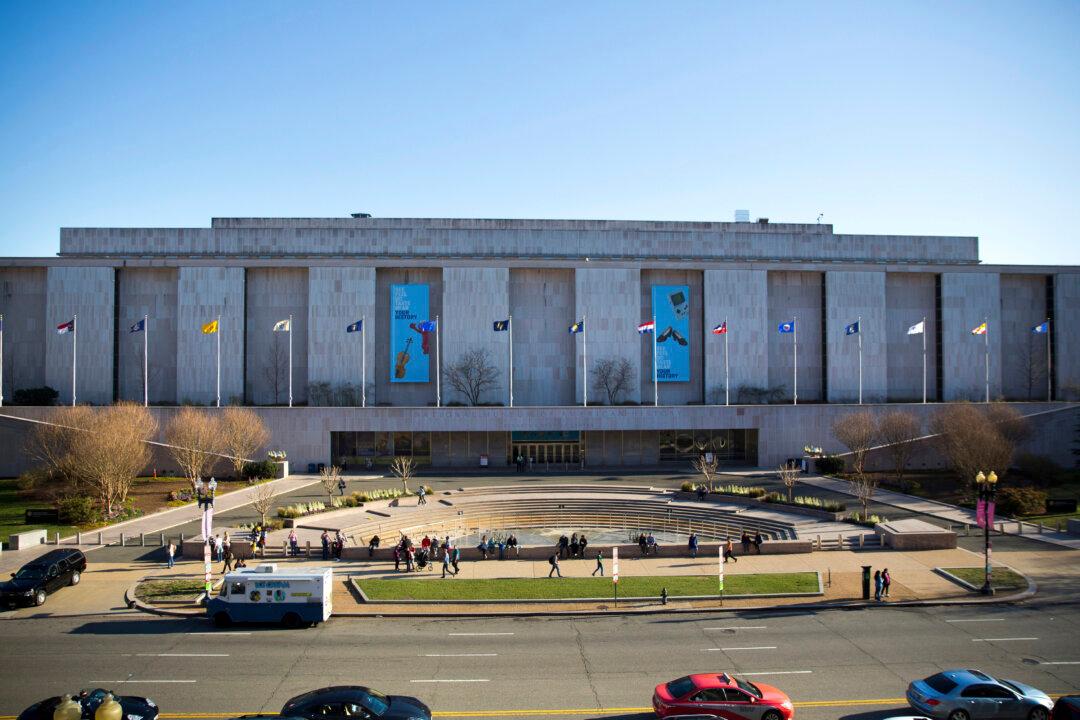California’s next big seismic event may not be an earthquake, but a volcano.
That’s according to the U.S. Geological Survey (USGS), which released a 50-page report (pdf) last week, assigning threat levels to volcanoes across the Golden State, including moderate, high, and very high.





